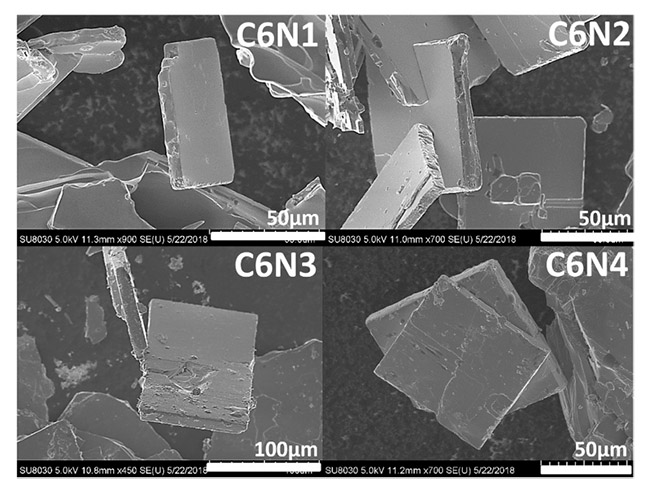New Research using SPID, EPIC, & NUFAB Published in JACS
SPID facilities manager Dr. Gajendra Shekhawat co-authored a new article in the Journal of the American Chemical Society, along with postdoctoral fellow Qing Tu and NUANCE director Professor Vinayak P. Dravid. The article examines 2D Ruddlesden-Popper perovskites and how varying amounts of space within the perovskites affects their environmental stability.

From the paper's abstract: "High resolution powder X-ray diffraction studies using synchrotron radiation shed light for the first time to the phase transitions of the higher layer 2D R−P perovskites. The increase in the length of the organic spacer molecules did not affect their optical properties; however, it has a pronounced effect on the air, heat, and light stability of the fabricated thin films. An extensive study of heat, light, and air stability with and without encapsulation revealed that specific compounds can be air stable (relative humidity (RH) = 20−80% ± 5%) for more than 450 days, while heat and light stability in air can be exponentially increased by encapsulating the corresponding films. Evaluation of the out-of-plane mechanical properties of the corresponding materials showed that their soft and flexible nature can be compared to current commercially available polymer substrates (e.g., PMMA), rendering them suitable for fabricating flexible and wearable electronic devices."
This work made use of NUANCE’s SPID, EPIC, and NUFAB facilities with support from SHyNE, the MRSEC program, and the International Institute of Nanotechnology, among others.
